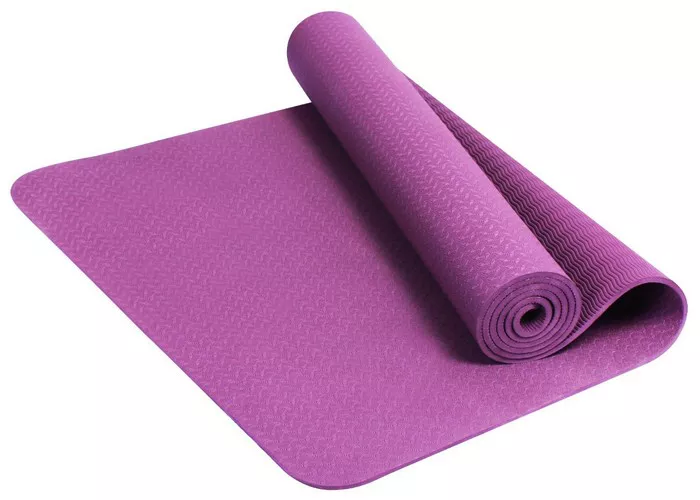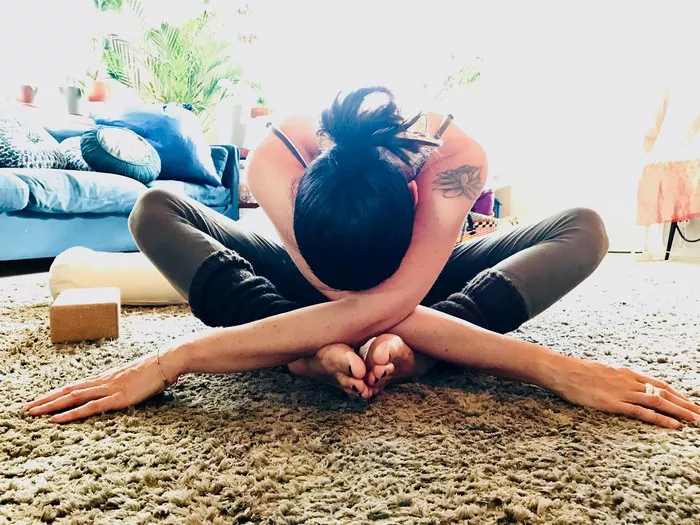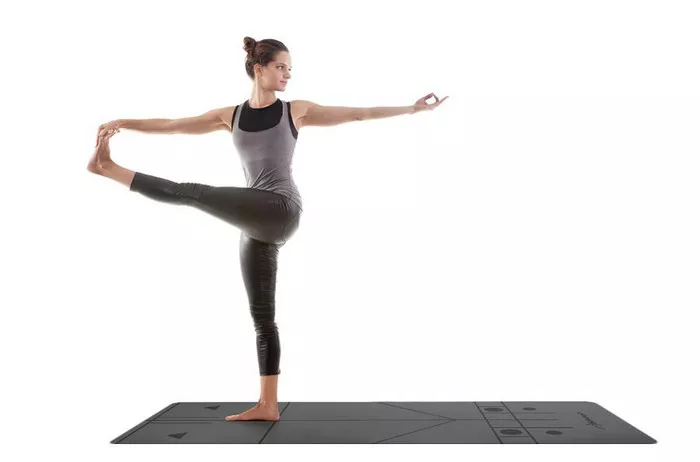Yoga is not just a form of exercise; it’s a lifestyle embraced by millions worldwide for its myriad physical, mental, and spiritual benefits. At the heart of every yoga practice lies the yoga mat, a humble yet indispensable tool that provides comfort, support, and stability during asanas (poses) and meditation. While yogis often focus on perfecting their poses and mastering their breathing techniques, the importance of maintaining a clean and durable yoga mat is sometimes overlooked. But how often should you replace your yoga mat? In this article, we delve into the factors influencing the lifespan of a yoga mat and provide practical guidelines for ensuring your practice remains safe and effective.
Understanding the Lifespan of a Yoga Mat
Before determining how frequently you should replace your yoga mat, it’s essential to understand the factors that contribute to its wear and tear. Several variables can impact the durability and longevity of a yoga mat, including:
1. Material Quality: Yoga mats are crafted from various materials, such as PVC (polyvinyl chloride), TPE (thermoplastic elastomer), rubber, cork, and natural fibers like cotton or jute. The quality of the material used significantly influences the mat’s lifespan. Higher-quality materials tend to be more resilient and resistant to degradation over time.
2. Frequency of Use: The more frequently you practice yoga, the quicker your mat is likely to wear out. Regular use leads to compression of the mat’s cushioning and wear on its surface, especially in high-friction areas where hands and feet make repeated contact.
3. Intensity of Practice: Certain styles of yoga, such as Ashtanga or Vinyasa flow, involve dynamic movements and sequences that put greater stress on the mat. Intense practices may cause accelerated wear and tear compared to gentler forms of yoga like Yin or Restorative.
4. Maintenance and Care: Proper maintenance plays a crucial role in preserving the condition of your yoga mat. Regular cleaning, storage in a dry environment, and avoiding exposure to direct sunlight or extreme temperatures can prolong its lifespan.
Signs It’s Time to Replace Your Yoga Mat
While there’s no hard and fast rule for when to replace your yoga mat, there are several telltale signs that indicate it may be time for an upgrade:
1. Visible Wear and Tear: Inspect your yoga mat regularly for signs of damage, such as peeling or flaking surfaces, frayed edges, or indentations where pressure points regularly contact the mat. These issues can compromise the mat’s structural integrity and diminish its effectiveness.
2. Slipping or Lack of Grip: Over time, yoga mats can lose their grip due to sweat buildup, dirt accumulation, or surface degradation. If you find yourself slipping during poses or struggling to maintain traction, it’s a clear indication that your mat needs replacing to ensure safety and stability.
3. Persistent Odors or Stains: Despite regular cleaning, yoga mats can harbor bacteria, mold, and mildew, especially if not adequately dried after use. Lingering odors or stubborn stains that resist cleaning may indicate deeper-seated hygiene issues and warrant investing in a new mat for a fresh start.
4. Decreased Comfort and Support: As yoga mats age, their cushioning properties may diminish, leading to reduced comfort and support during practice. If you notice increased discomfort or joint pain while using your mat, it could be a sign that it no longer provides adequate cushioning and should be replaced.
Guidelines for Mat Replacement
While individual circumstances may vary, here are some general guidelines to help you determine when it’s time to replace your yoga mat:
1. Every 6-12 Months: For regular practitioners who engage in yoga several times a week, replacing your mat every 6 to 12 months is a reasonable timeframe to ensure optimal performance and hygiene. This interval allows for wear and tear to be managed before it compromises the quality of your practice.
2. Inspect Regularly: Conduct visual inspections of your yoga mat at least once a month to check for signs of damage or deterioration. Pay attention to areas of heavy use, such as where your hands and feet make contact with the mat during poses.
3. Listen to Your Body: Pay attention to how your body feels during yoga practice. If you experience discomfort, slipping, or instability that cannot be attributed to factors like fatigue or improper alignment, it may be a sign that your mat needs replacing.
4. Consider Practice Intensity: If you engage in vigorous or high-intensity yoga styles, you may need to replace your mat more frequently to maintain optimal performance and safety. Factor in the intensity of your practice when assessing the condition of your mat.
5. Invest in Quality: While high-quality yoga mats may come with a higher price tag, they often offer superior durability and performance, making them a worthwhile investment in the long run. Choose a mat crafted from durable materials that can withstand the demands of your practice.
Conclusion
Your yoga mat serves as a sanctuary—a sacred space where you connect with your body, mind, and spirit. To fully reap the benefits of your yoga practice and ensure safety and comfort, it’s essential to maintain a clean, durable mat that supports your journey on and off the mat. While there’s no one-size-fits-all answer to how often you should replace your yoga mat, regular inspections, attentive maintenance, and listening to your body’s cues can guide you in making informed decisions. By investing in a quality mat and replacing it as needed, you can continue to deepen your practice and embrace the transformative power of yoga for years to come.



















